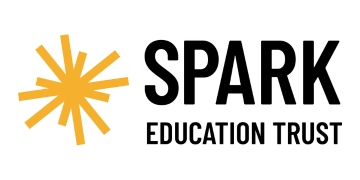The government has abandoned recruitment controls for initial teacher training courses, allowing providers to recruit to an unlimited extent in almost all subjects for the first time.
In an email seen by Schools Week, the National College of Teaching and Leadership says it has lifted recruitment constraints for postgraduate courses run by school-based ITT providers and universities in every subject except secondary school PE and some primary school courses for 2018-19.
The change has been given a “cautious welcome” by recruitment experts, who say it will allow school-based initial teacher training providers to better match teacher supply with regional demand.
James Noble-Rogers, executive director of the Universities Council for the Education of Teachers, confirmed the NCTL’s plans, adding he and other providers had been “pressing for them” for some time.
“It makes sense because a national allocations process just can’t get it exactly right, especially at a local level.”
The DfE had previously feared too many teachers would be trained and money wasted, but had realised under-supply was more of an issue than oversupply, he said.
Undergraduate teacher training courses should also have unlimited allocations, Noble-Rogers added.
Under the new plans, only the School Direct salaried routes for primary school training, primary training with maths, and primary maths specialists will continue to have fixed allocations, in part because they have remained “in high demand”, the NCTL told providers.
Recruitment for trainee secondary PE teachers will also continue to be capped, but if PE specialists with science degrees apply to also teach physics, chemistry or biology, providers can request more spaces.
All other subjects will have unlimited allocations, since they include those “where recruitment is most challenging”, the email said.
The NCTL took account of the government’s increased teacher supply model targets, “recent recruitment patterns”, and provider feedback before making the decision to lift caps, it told providers.
It follows “disastrous” changes to how teacher training providers offer places, which led to a 7 per cent drop in the number of applicants starting in 2016.
Providers had rushed to fill their places after the government said it would sporadically impose caps on courses throughout the year. When these caps were applied early on, many would-be trainees changed their mind, and training places in 2016 went unfilled.
This year, caps were lifted on subjects where recruitment was low, while caps remained in place for some subjects. However, the government did not suddenly impose them with little warning, as it had in 2016.
Following the debacle, the NCTL made the unprecedented decision to allow teacher training providers to recruit an extra 25 per cent of trainees on top of their original allocated amount.
It said the decision was made in order to “maximise recruitment in areas that have capacity to go further”.








Hi. Does this include a relaxation on the criteria required for applicants to Teaching on Assesment Only Route into teaching.
Some teacher assistants with a Degree wishing to become teachers have at present to give up there jobs for a year to study because there school is not a training school. Not enough vacancies at Salaried training schools
Joe